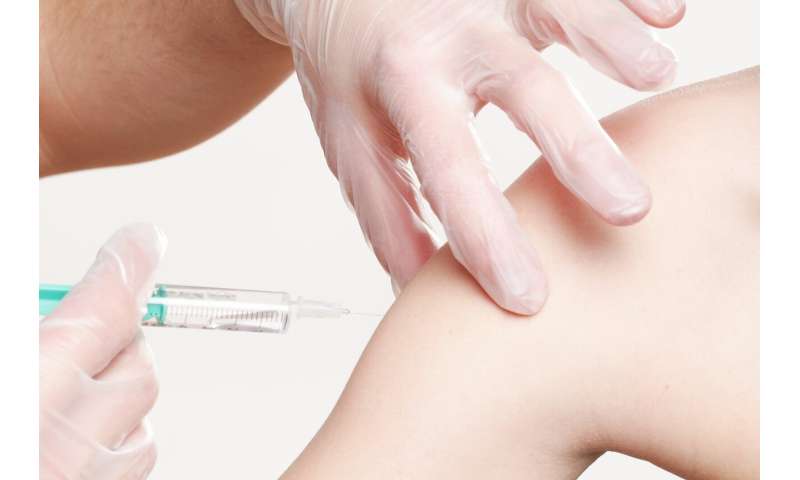
McGill University professor Nicole Basta and her team have created an interactive online COVID-19 vaccine tracker, that provides real-time updates on progress in developing a safe and effective vaccine.
“Our goal with the vaccine tracker is to help the public find and access reliable information about COVID-19 vaccines, improve understanding about the vaccine testing process, and manage expectations about when a vaccine may be available,” says Basta, an associate professor in the Department of Epidemiology, Biostatistics and Occupational Health. According to the researchers, providing clear, consistent and unbiased information about progress towards making COVID-19 vaccines is critical to the success of a global effort to prevent and stop the spread of COVID-19.
How the tracker works
The vaccine tracker features weekly, real-time updates to monitor progress on each of the more than 50 vaccines currently in human trials; behind the scenes, the team is developing and updating a comprehensive database detailing the characteristics of the vaccines in development around the world.
Each vaccine candidate has its own card, with an infographic showing whether the vaccine is in phase 1, 2 or 3 of clinical trials or approved, and information about the developers, countries involved, and vaccine type, such as RNA-based, protein subunit, or inactivated virus. Quebec-based Medicago, for example, where another faculty member, Professor Brian Ward is medical officer, is using its innovative plant-based technology to develop a vaccine.
A color-coded map also updates the number of vaccine candidates, registered vaccine trials, and highest trial stage for each country. Users from any country can submit their own questions about COVID-19 vaccines.
Community immunity tool
Using the community immunity tool, users can also simulate the spread of an imaginary disease and see how vaccines can protect the entire community. To see the impact of vaccination, users may choose the percentage of the population to vaccinate and watch what happens to the numbers of people healthy, sick, recovered, and dead in different scenarios. If 30% are vaccinated, for example, users will see a graph of the typical curve and how the numbers of infections and deaths climb dramatically, while at 90% vaccination infections and deaths plummet.
Source: Read Full Article
